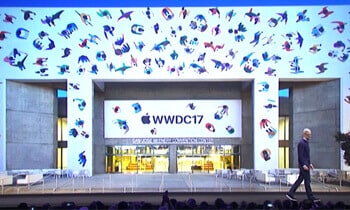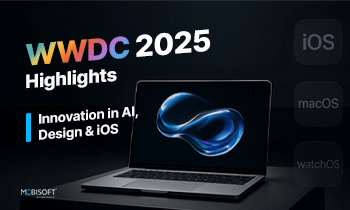iBeacons
Apple has affectionately branded its Bluetooth LE Beacon system as iBeacon. Apple hasn’t released any hardware beacons yet. However the term is misleading because even the Android phones can work with the beacons. In short they are Bluetooth Low Energy devices used for location tracking of items (Like Tile, Trackr and many other location tracking solutions in the market). The advantage of beacons are that they can be integrated with the apps to provide extra features beyond the existing systems which only try to find out a lost item.
How they work:
Beacons do not have any processing power in themselves. They are active radio tags which emit signal periodically. The receivers from phone get these signals and wake up the applications for processing the signals. Apps use the signal strength of beacons to gauge approximately how far away they are. They can only measure proximity, though, not the direction of the beacon. The accuracy for measuring proximity is imprecise. The signal strength fluctuates wildly and physical objects (most importantly, bodies) have a pronounced effect on it.
The distance measurement happens in three levels: Immediate (approx 10 centimetres away), Near (approx 2 – 3 metres away), Far(approx 5 – 70 metres away)
In an experiment performed by (http://www.thoughtworks.com/insights/blog/semi-technical-lowdown-working-ibeacons) the recorded RSSI values ranged from -50 to -99 on the iPhone, and down to -110 on Android phones. Lower RSSI values correspond to a higher predicted distance between the beacon and the device.
There are many beacons provider in the market, they provide SDKs for both Android and iPhone and then we will need to implement the SDK for that beacon. It means that we can generalize the solution to use beacons from multiple vendors.
Examples of beacon systems:
- Estimote
- Radius networks
Apple has provided specification for iBeacons and we can expect Apple to certify more iBeacon providers in near future.
Features:
- Automatic starting of apps in the proximity of beacons: An App can register with iOS/Android to be started when specific types of iBeacons move in the range of the device.
- The Mobile phones can also act as beacons
Limitations:
- Interference has effect on the recorded signal strength. The recordings taken under interference can be 10 feet off the actual distance.
- The beacons signal strength depends on the hardware used. The vendors used for beacons and the receiver phones.


